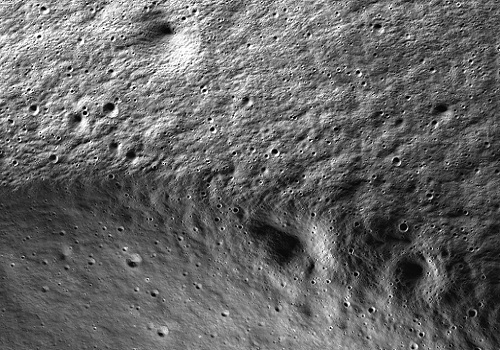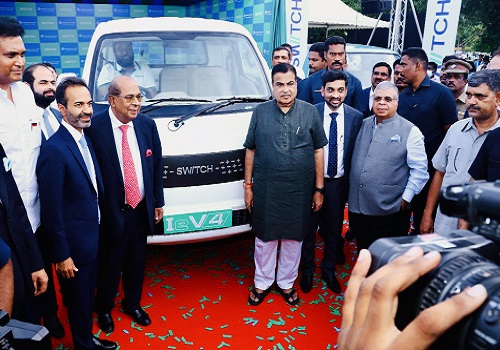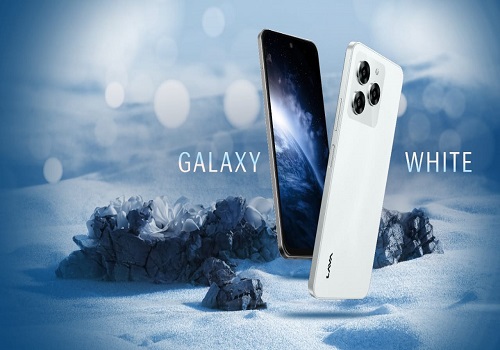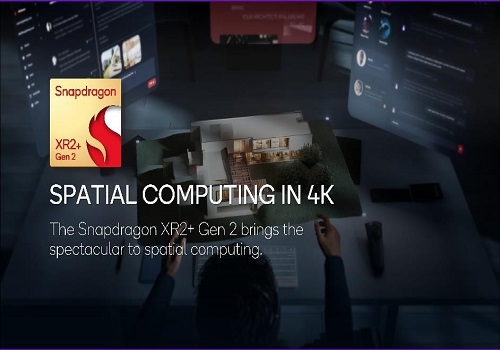NASA camera onboard South Korean orbiter captures lunar South Pole region

Follow us Now on Telegram ! Get daily 10 - 12 important updates on Business, Finance and Investment. Join our Telegram Channel
A NASA camera onboard South Korean orbiter Danuri has sent back images of the South Pole region on the Moon.
Developed by Malin Space Science Systems and Arizona State University (ASU), the NASA instrument ShadowCam is flying with five other Korean instruments aboard KARI's (Korea Aerospace Research Institute) KPLO (Korea Pathfinder Lunar Orbiter), also known as Danuri.
Danuri, which was launched in August 2022, entered the lunar orbit on December 27 after 145 days of travelling from Earth. It started its operation on February 4.
ShadowCam is significantly more light-sensitive than comparable lunar cameras. It acquires high-resolution images of permanently shadowed regions, which never receive direct sunlight.
ShadowCam has been routinely capturing images of the lunar North and South Pole regions.
One of ShadowCam's first images from lunar orbit is the permanently shadowed wall and floor of Shackleton crater, which is found near the South Pole. The level of detail in this image is possible thanks to ShadowCam's ability to operate in extremely low-light conditions -- it is 200 times more sensitive than the Lunar Reconnaissance Orbiter Narrow Angle Camera.
In another image, ShadowCam showed shadowed areas near the poles. The image, however, was taken under earthshine in the equatorial region of the Moon as part of an instrument sensitivity test. It reveals the interior of Bruce crater and bright streamers that formed from soil sliding down the crater's walls.
While earthshine is about 10 times dimmer than the illumination available in the average permanently shadowed region from sunlight reflected off lunar geologic features, ShadowCam was still able to image the surface using earthshine, indicating the instrument's ability to see into the dimmer areas of the South Pole.
ShadowCam also captured an image of the rim of Marvin crater, about 26 kilometres from the South Pole. The image shows a broader area surrounding Marvin crater.
The white area on the left side is where the surface was in direct sunlight - the source of secondary illumination within the shadowed areas. ShadowCam was designed to operate in low-light, so the sunlit areas are saturated (indicated by the white areas).
ShadowCam images will also help in science and exploration planning for Artemis missions.
But it will not be able to image Artemis astronauts walking on the surface of the Moon if they are in direct sunlight because the powerful light would render the images saturated. However, it may be possible using earthshine, if astronauts are spacewalking during lunar night.
























